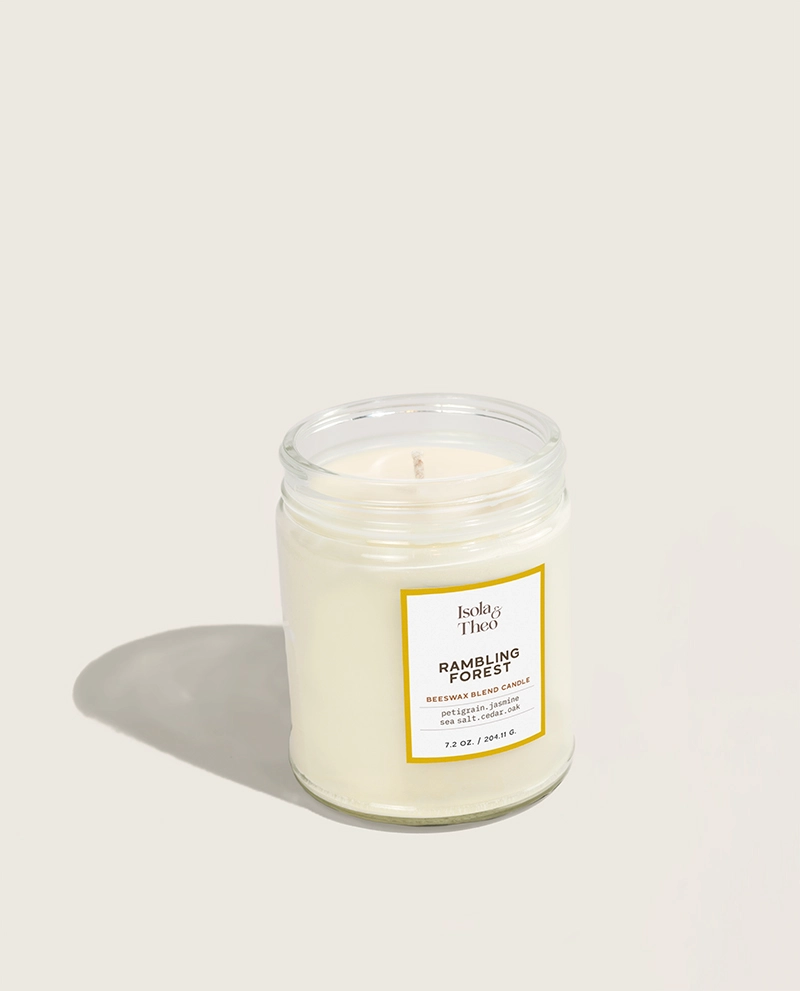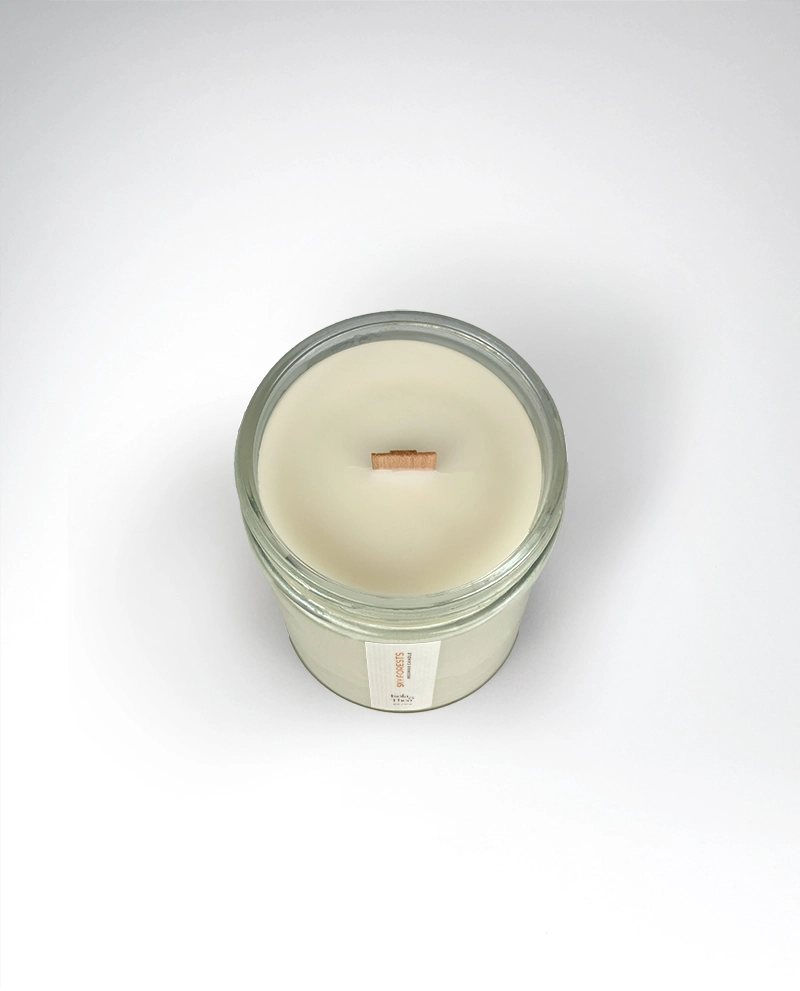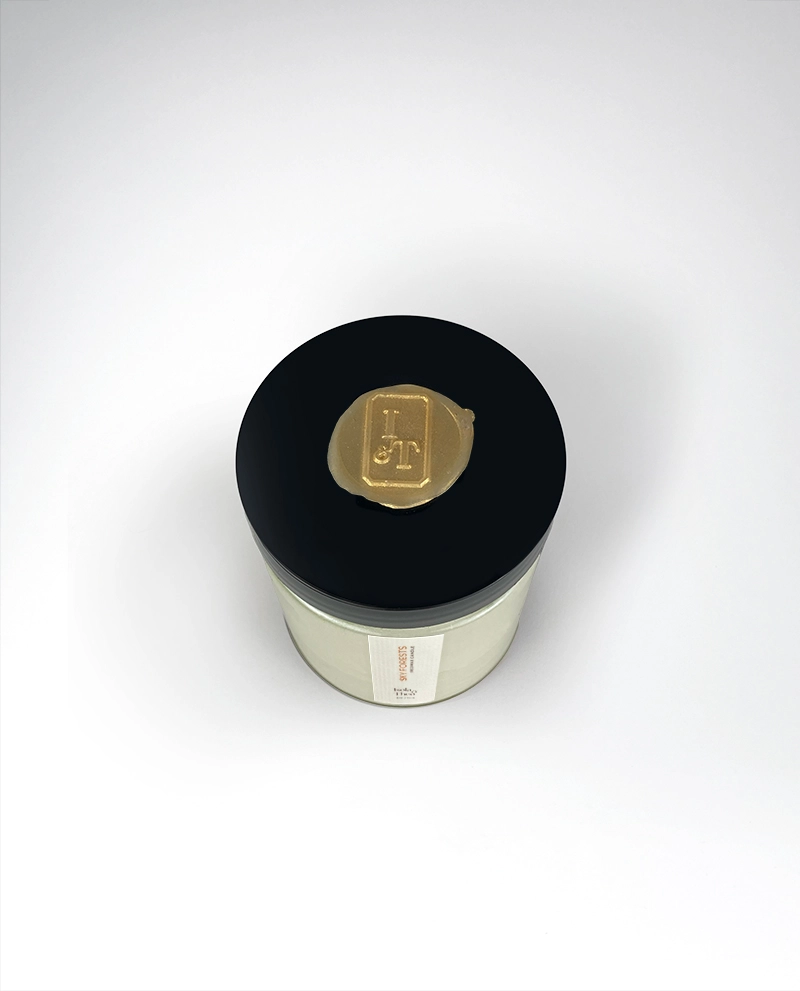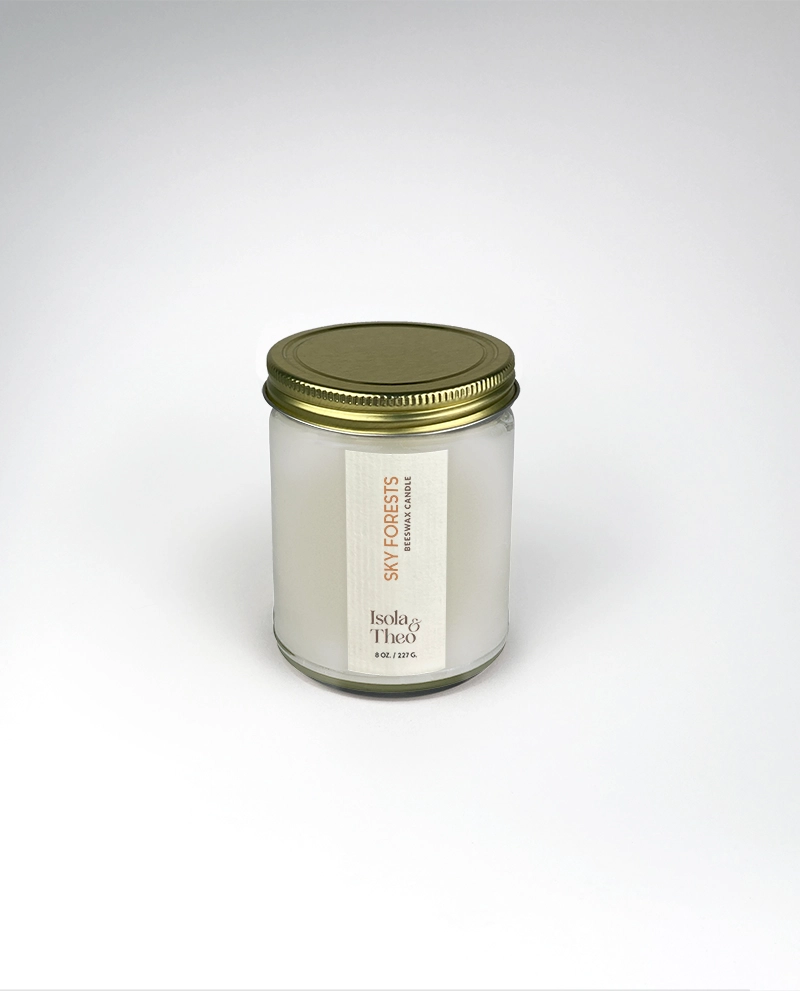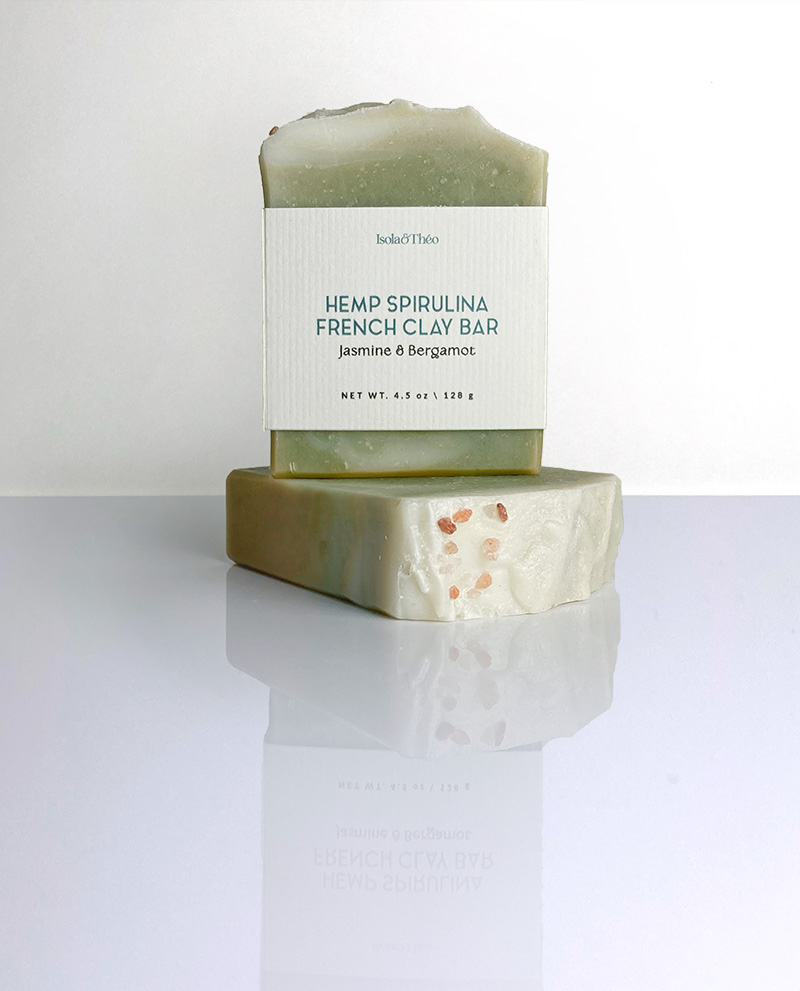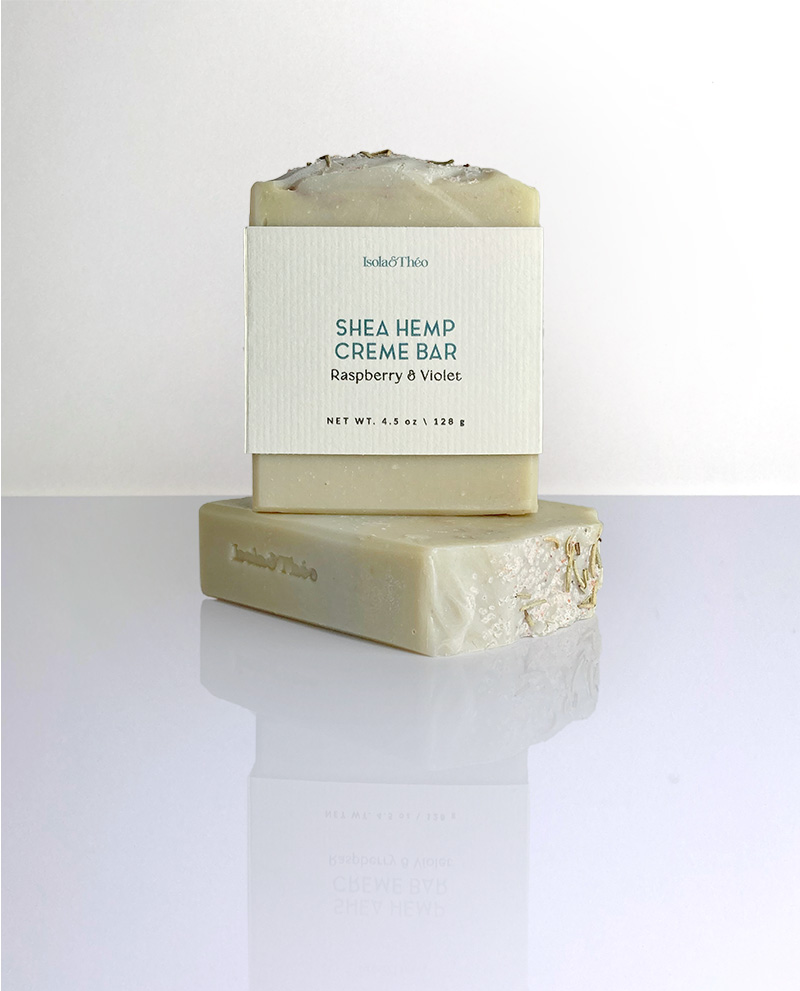Rambling Forests
$22.00
Botanically clad highrises entwined with urban forests conjure visions of cool verandas brimming with citrus trees. Earthen groundcover softens sound, while enchanting white florals drift through open, crisp night air. Our modern concrete jungle.
Candles should be burned for 3-4 hours at a time.
You should never leave your candle unattended. Keep away from children and pets.
DO NOT burn candles while cleaning. Kitchen sprays may contain volatile and flammable compounds. Even some essential oil cleaners contain solvents and preservatives that are flammable.
Structure is only as sound
as the roots it’s built upon
As civic spaces decrease and urban sprawl booms, regenerative architecture reimagines the face of modern buildings. Beyond rooftop gardens, lush, green vertical plantings clad the urban highrise. Stefano Boeri Architetti’s Vertical Forest is one of the most beautiful infusions of organic structure that could realistically be seen to retrofit existing buildings. A small canopy and understory structure for each residence cools buildings, provides food and wellness. As a natural brand we’re very conscious that our fragrances and ingredients stem from nature; that materials come from somewhere. These experiential concepts can be honed so easily at home – in apartments or home gardens, shady or filled with light, massing out interiors with greenery walls and vertical plantings. In the garden going vertical makes strong and healthy plants, and these provocative concepts prove how resilient humans and nature can be.
Bergamot, Jasmine and Cedarwood may be aspirational for those in cooler climates, but it is a sensory cue to bring greenery in. It should be aspirational and it should be essential, garden plant or indoor plant. We are meant to nurture, coexist and be inspired by nature for all our senses.
Upcycling is so chic
Using wood wicks gives one more life to old fruit trees. (Read more in Impact Brief).
Formulation
Our hand-poured, custom beeswax blend has been a true labor of love. After years of testing and refining our formula, we’ve designed our natural candles to burn as evenly and as cool throughout the life of the candle while boasting a strong scent. We use pure triple-filtered beeswax sourced from a cooperative of US apiaries. Soy and coconut aid in fragrance distribution and compliment the beeswax beautifully.
Wooden wicks may take a little more effort on first light. Once there is some charring on the wood subsequent lightings are easier. Matches are very effective tilting the candle at an angle so the flame can reach across the width of the wick. A rechargeable lighter can be equally helpful.
We recommend burning for 3-4 hours on the first burn. Unlike paraffin and parasoy which are softer waxes, Beeswax is much harder, with a high melting point that simply requires more time. You do not need (and likely will not see) a full melt pool across the top. We believe this rule of thumb has been passed down from paraffin based candles which do burn much faster. You will likely see wax on the edges of the glass referred to as “hang up” for the first few lights. This is normal and expected. The hang up will meet the base of the wax on the next couple lights as the glass warms. We have designed our blend (with a game of averages) to burn cooler throughout. This ensures less sooting and no wild flame or hot glass when oxygen decreases low in the jar. Max burn intervals should be 3-4 hours at a time.
Trim wick between burns. Before lighting each time, trim the wick by snapping at its natural point. This will feel like too much and may feel like a mistake as wooden wicks should be much shorter than cotton wicks. You can snap the wick between your fingers, with scissors, or as we prefer and super unglamorous, needle nose pliers. You can grab, snap and carry off the charred wood without dropping fragments in your candle the way wick cutters can.
Keep away from drafts.
Keep wax as clean as possible. This is not just for aesthetics, but this ensures a clean burn.
When ¾” remains at the bottom of the glass, a safety feature has been designed into the wick clip to prevent overheating. It is harder to light again easily. By stopping just before this point for your last burn it will be easier to light or switch it over to a candle warmer. A bit of a learning curve from the shallow clips used for cotton wicks.
Our Care Guide offers some tips and tricks. We thoroughly test…and test…and test again, but if you need help, please contact us.
We chose wooden wicks as much for their delightful crackle as an upcycled product. As fruit trees come to their end of life, it is the traditional practice of burning these trees in situ. Every bit of wood we can remove from this practice to provide something useful and provide comfort and joy is worth the effort.
While we’d love to tout “all-natural” as many claim, with all waxes there is energy and resources used to produce a final product. To farm, there’s still gas used to till, harvest and transport. To extract the wax, significant energy is used. Beeswax is the most ideal as it is a pretty nearly finished form, designed by bees. Beeswax does not go through any chemical change. Pure beeswax like ours is filtered and unadulterated. Our beeswax comes from pesticide-free farms in the US. It is not imported where it is often bleached (which does change the chemical structure), and it is away from any oversight that might otherwise regulate contaminants and additives. Not only do we avoid it for that reason, we can lessen our footprint by buying as geographically local as possible in the US. Ask any small apiarian (beekeeper) and they tell you they just “love their girls”. We use a 100% soy product and unrefined coconut to help lower the melting point. Both are processed plant based products that are considered safe, clean burning waxes. Plant based products require energy and produce waste. While there is an argument for all 3 products as monoculture industries, it would be difficult to find a polyculture solution otherwise.
The argument for bees and beeswax is the argument for supporting our pollinators and the subsequent food chain. Honey bees (while not native), are the poster child for all pollinators because of the research and embrace of their colonies. The truth is, without bees (and we’re very partial to the native bees we have in Satis Garden), we would not have food. Full stop. Supporting small businesses that care about their bees and harvest humanely as ours do, does far more to promote the cause than striking them entirely. This keeps an interest and pushes for research for all our pollinators which are in decline. Reducing pesticides, supporting initiatives like Homegrown National Park supporting native, keystone species and buying only what you need are great ways to do more on a small level.
Curated picks
You may also like…
-
wax
Dietrich & Wong
$22.00Add to Cart This product has multiple variants. The options may be chosen on the product pageGold metalLid with seal
